If you’ve been teaching for any length of time, you already know that every class of students is different!
For example, some groups of students are very independent; others less so. Some classes are great at following rules and procedures…others, not so much. 😬
Same thing goes for academics! Some classes come in with many students working at grade level, and some classes may be very advanced or not yet working at grade level.
Totally normal, right? But when you start the year with many students who aren’t yet reading at grade level, it can feel overwhelming.
Kids may have gaps in their learning – but not all your students have the same gaps! You have to fill in those gaps and somehow also still cover your grade-level content – but you may have limited time to differentiate.
Where do you even begin?!
First, take a deep breath and know that YOU CAN DO THIS! 🙂 Staying focused on what really matters for reading instruction will help your kids move ahead quickly.
In this blog post, I’ll share 3 main areas to focus on in reading when your class comes in low. I’ll tell you what the areas are, as well as how to schedule them all within your week for your Kindergarten, 1st grade, or 2nd grade classroom!
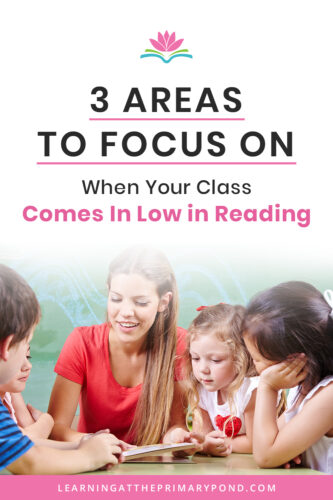
What Are the 3 Focus Areas?
You might have heard of the “big 5” for reading (phonemic awareness, phonics, fluency, vocabulary, and comprehension). My 3 focus areas incorporate those big 5 and simplify them even further for you!
These 3 focus areas are:
- Decoding
- Comprehension
- Fluency
I’m sure you’ve heard of these before – nothing earth-shattering here! 🙂 But if you maintain your focus on these 3 areas, the results in your students’ progress truly WILL be earth-shattering!
Now let’s go a bit more in depth on each area:
Decoding
Successful decoding requires a few different aspects:
- Phonological awareness – the ability to hear and manipulate sounds in words.
- Phonics knowledge – understanding the relationship between graphemes (letters and letter combinations) and phonemes (sounds) – if you need a refresher on those terms and more, check out my blog post about phonics terms!
- Decoding requires the ability to blend sounds and break apart words.
Comprehension
Comprehension includes:
- Language comprehension – the ability to understand language, spoken or written.
- Vocabulary knowledge – understanding what words mean (if we don’t understand what words mean, we don’t understand the text!)
- Comprehension is facilitated by background knowledge – prior knowledge of a text’s topic.
Fluency
The last area of focus is fluency:
- Fluency requires the ability to read smoothly at a good pace, with appropriate expression and attention to punctuation.
These 3 areas are dependent on each other. You can’t comprehend the text if you can’t decode it. If you can’t decode it, you’re not going to be very fluent. And then, the more fluent a reader is, the better they can comprehend the text. And the more a reader comprehends the text, the better their fluency will be (i.e. they can read with more expression, know what words to put emphasis on, etc.) Round and round we go in this circle!

Scheduling the 3 Focus Areas
Okay, so we’ve identified the 3 focus areas to accelerate students’ reading progress. Now, how do you fit that all in?!
Quite often, I work with teachers who are planning their schedules by thinking first about their instructional programs and routines (i.e. read-aloud). They take those blocks and stick them into their schedules.
If that’s how you make your schedule, I’d like to encourage you to make a small shift.
Don’t get me wrong – programs and routines are important! But they serve a bigger purpose – to help teach our students literacy skills. If you’re just thinking in terms of “20 mins of XYZ program here,” and “10 minutes of shared reading there,” it’s easy to lose sight of those key skills and how they are taught in your literacy block.
So let’s make a small tweak. Instead of thinking first about programs and routines, focus on the skills that are being taught within each of those routines. Also consider the big picture of your literacy block as a whole, and how different skills are being addressed in different ways.
Sample Schedule
Here’s a sample outline of your literacy block – different components you might include, as well as the skills that are covered in each one:
Component: Playing With Sounds
- Skills Addressed: Phonological Awareness
- What It Looks Like: Quick activities to practice syllable blending and segmenting phoneme blending and segmenting phoneme manipulation, etc.
- Timeframe: 10 minutes (2-3 shorter chunks)
Component: Phonics Block
- Skills Addressed: Phonics – decoding (reading words) and encoding (spelling words), phonological awareness, handwriting, high frequency words (HFW), vocabulary
- What It Looks Like: Warm-up, review (HFW), introduce or review concept, multi-sensory writing, blending & decoding words including multisyllabic words, making and writing words, word or picture sorts (these are the activities I like to include over the course of a week, not necessarily every day!!)
- Timeframe: 25-30 minutes (some of this time happens during small group instruction)
Component: Shared Reading or Close Reading
- Skills Addressed: Print and book skills, phonics (decoding and encoding), fluency, comprehension, vocabulary
- What It Looks Like: Teacher and students work together to read a text that’s slightly more challenging than what students can read. Students need to be able to see the words of the text. We almost always reread the text more than once. Each day typically has a focus strategy. For example, for a fluency focus, you might work on reading in smooth phrases.
- Timeframe: 10-15 minutes
Component: Read-Aloud & Vocabulary
- Skills Addressed: Comprehension, vocabulary, modeling fluency
- What It Looks Like: Read aloud a book, ask questions, and model comprehension strategies. This text is typically more challenging than shared/close reading so that you’re exposing them to more challenging vocabulary.
- Timeframe: 15 minutes
Component: Writing Block
- Skills Addressed: Phonics (encoding), fine motor skills and handwriting, writing and grammar
- What It Looks Like: Teacher mini-lesson, writing time, sharing time; Students work thru stages of the writing process (mix of open-ended and prompt response).
- Timeframe: 30-45 minutes
Component: Grammar Minilesson
- Skills Addressed: Sentence structure, puntuation, and capitalizaton
- What It Looks Like: Teacher-led minilesson and guided practice
- Timeframe: 10 minutes (but not every day)
Component: Independent Reading
- Skills Addressed: Phonics (decoding), fluency, comprehension
- What It Looks Like: Students read/re-read a combination or self-selected and teacher-guided texts
- Timeframe: 10 minutes
Component: Small Groups
- Skills Addressed: Phonological awareness, phonics (decoding and encoding), fluency, comprehension, vocabulary
- What It Looks Like: Eventually teacher works with 3-6 students while other students work independently
- Timeframe: 30-45 minutes (I don’t do any small groups at the beginning of the year. I use that time to teach procedures and activities so students can eventually work on their own.)
Scheduling Tips
Many teachers (including myself, some years!) wish they had more time for their literacy instruction. If that’s you, you are not alone!!
Here’s some good news, though: if you plan your schedule around skills, rather than programs or routines, this can actually make it easier to navigate a time crunch!
First, try mapping out your schedule and including the skills to be covered in each part of your literacy block. When you do that, you might notice that certain skills are covered more than once. This isn’t necessarily a bad thing, but if you have to eliminate certain components, this process makes it easier to determine what you should cut out.
Here are a few other scheduling tips:
- Try an A/B Schedule. Certain routines are done on A days, and other routines are done on B days.
- Not all routines need to be done every day. For example, I don’t have a grammar minilesson every single day (just a couple of times a week).
- You don’t have to do it all during small groups! If there’s something you can tackle whole group, go for it! Focus on what students really need most during small groups .
Conclusion
The 3 main focus areas I’ve covered in this post may seem like obvious things to work on with your students. Like I said earlier, it’s not earth-shattering!
At the same time, it’s all too easy to get distracted! Throughout the school year, you’ll get new ideas for fun activities, make changes to your routines, and just get busy in general!
Consistently asking yourself, “How is ______ serving my goal of teaching decoding / comprehension / fluency?” is an important way to stay focused on what really matters.
And when it comes to scheduling, don’t forget to put skills at the forefront. The schedule I laid out may or may not work for you exactly as-is. I know that every school and classroom is different!
What’s most important, however, is the process of mapping out how you will cover different skill areas throughout your schedule.
Want more guidance in what to teach and when to teach it? Grab my FREE yearlong literacy scope and sequence (note the different versions for Kindergarten and 1st/2nd grade):
FREE Kindergarten Yearlong Literacy Scope & Sequence
FREE 1st & 2nd Grade Yearlong Literacy Scope & Sequence
Happy teaching!
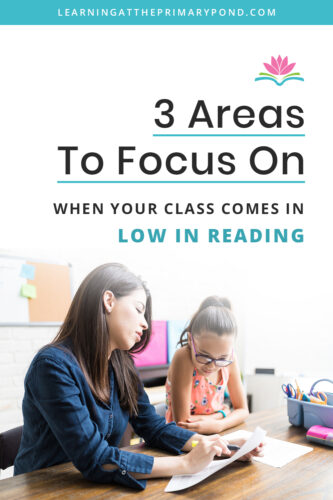



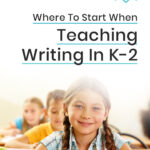
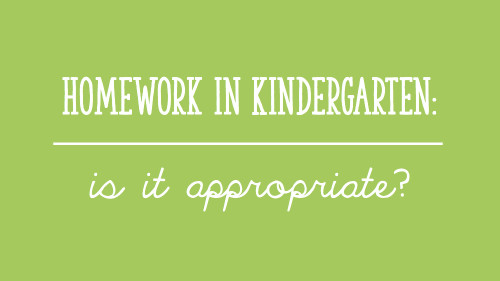
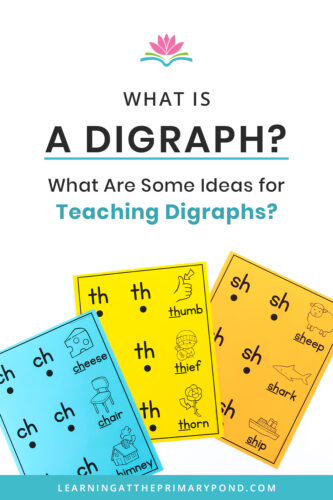
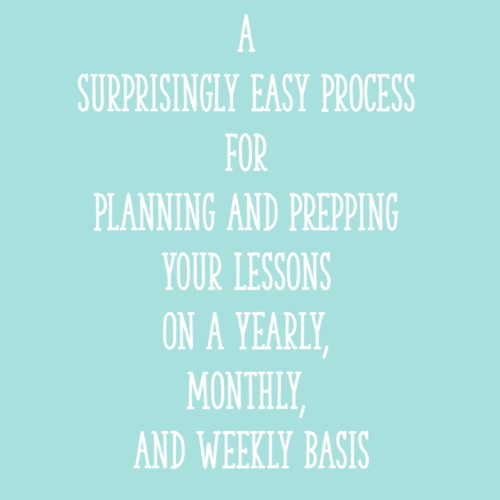






Thank you for sharing this. Teaching in Nassau, Bahamas 🇧🇸
This is a great blog to share with other teachers. I think that so many teachers are focused on one of the components and not how all of the components work together. Thanks for sharing!
Yes, Jen! Like you said, important to focus on how they all can be integrated together!
Thank you for breaking down the components. It seems like a lot but once it is broken down and you have a time frame assigned, you feel like you are able to execute more. Like you said, it is a matter of mapping it all down and getting organized.
Time frame is key!!
I would love to share this post with team. We will be addressing data at an upcoming PLC. I now have a much better plan for my entire class but especially my struggling students. I hadn’t thought of decoding like your breakdown. Extremely helpful.
Glad this can be useful to you and your team, Tracy!!
Thank you for taking something so complex and simplifying it for all of us.
Glad you feel that way about this resource, Jaimini!